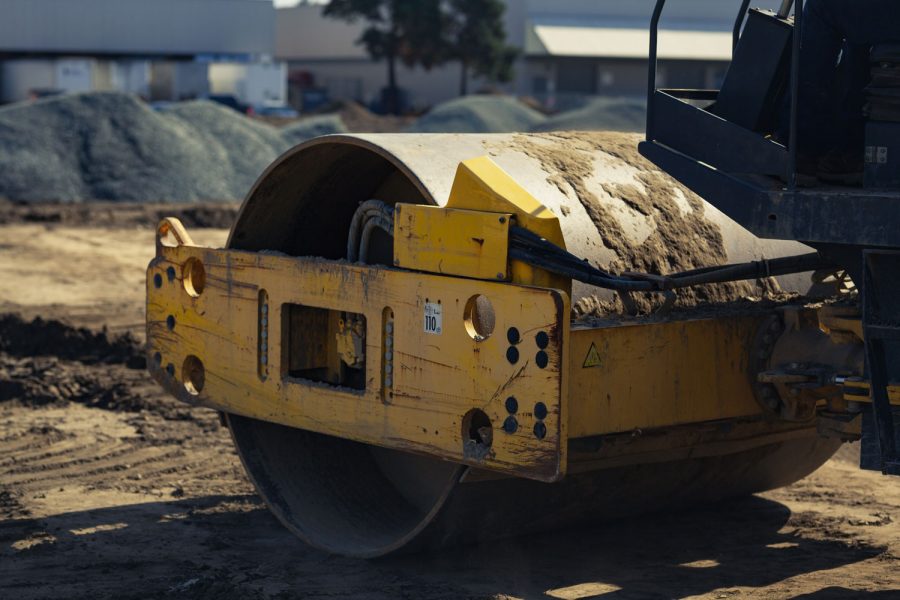While self driving technology have made giant strides in recent years, individual passenger vehicles have been receiving the majority of the focus. With the boom of innovation and site safety being the highest priority, industrial vehicle manufacturers see a new opportunity to bring this technology to the construction site as well. While autonomous technology isn’t necessarily new, the traditional systems lack the necessary sensors to remain reliable in challenging worksite conditions. Industrial vehicles operate in volatile environments where dust, snow, rain and other hazards prevent the same level of reliability demonstrated in successful testing of self-driving passenger cars.
Two sensors have recently emerged as critical technologies to potentially allow for autonomous operations within construction vehicles: LiDAR and high-resolution imaging radar. These sensors were developed to act as a second set of eyes for heavy equipment operators. They have been tested to detect and avoid collisions with humans, equipment and other barriers around the job site. Construction vehicles equipped with sensors will be able to detect a narrow path while moving forward, and change course or stop when obstacles are detected in the path. With this new technology, human error and work place accidents could be significantly reduced. Another encouraging step for the industrial sector.
Read the full article here.
